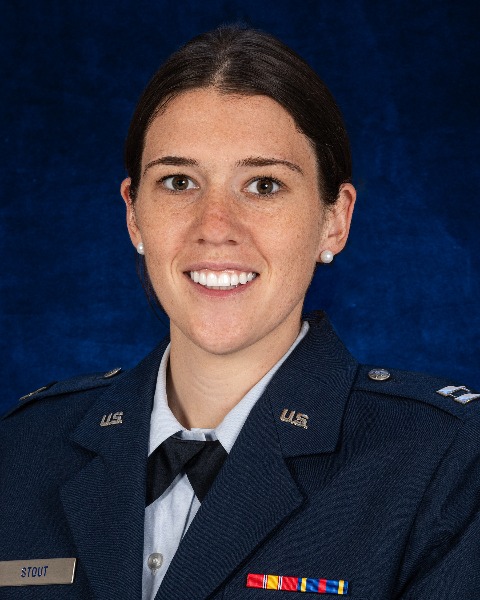Public Health & Prevention 4
Session: Public Health & Prevention 4
791 - HPV immunization rates in the military
Monday, April 28, 2025
7:00am - 9:15am HST
Publication Number: 791.5113
Eleanor Stout, NMCP - - Portsmouth, VA, Norfolk, VA, United States; Sharon C.. Enujioke, Naval Medical Center Portsmouth, Norfolk, VA, United States; Andrea McGlynn, Naval Medical Center Portsmouth, Portsmouth, VA, United States

Eleanor Stout, DO (she/her/hers)
Resident
NMCP - - Portsmouth, VA
Norfolk, Virginia, United States
Presenting Author(s)
Background: Human Papillomavirus (HPV) is the most common sexually transmitted infection worldwide and can lead to several types of cancer, including cervical, anal, and oropharyngeal. The HPV vaccine, which protects against several high-risk HPV strains, is recommended starting at the age of 11 as it has been established as an effective cancer prevention tool. Despite the demonstrated efficacy and safety of the vaccine, vaccination rates remain suboptimal in the general population. Moreover, studies looking at HPV vaccination rate in the United States (U.S) military show that military service members are less likely than civilians to receive their HPV vaccine. Research suggests that military veterans face increased HPV-related cancer due to low vaccination rates. HPV vaccination is a crucial public health measure that can significantly benefit military personnel and their families.
Objective: This study looks at HPV vaccination rates amongst children of military service members (dependents) ages 11-21.
Design/Methods: A retrospective medical chart review was performed using the military health system (MHS) with interim data pulled from the Defense Eligibility and Enrollment Reporting System (DEERS). Dependents of active duty, guard, and reserve military members between the ages of 11 to 21 years of age who received at least one dose of the HPV vaccine from 2009 to 2021 were included in the data analysis. Demographics such as age, race, gender, military treatment facilities and parental rank were evaluated.
Results: Our results showed that 38.5% of military dependents between the ages of 11-21 had received at least one dose of the HPV vaccine. Of those who received their vaccine, 58.7% were females and 41.3% were males. The mean age for HPV vaccination was 13.7. Higher rates of vaccination were seen in senior enlisted compared with senior officers. 90% of the data had no race list or “other race.” Of those that identified their race, 68% were white, 24% black, 4.2% Asian, 3% Native Hawaiian/Pacific Islander, and less than 1% American Indian/Alaskan native. This is consistent with the racial make-up of the United States Military.
Conclusion(s): HPV vaccination is a critical component of cancer prevention, yet rates remain below optimal levels in the U.S military, despite universal access to medical care. Without effective HPV vaccination strategies, the military will bear the financial burden of HPV-associated malignant neoplasms for decades to come. More work is needed in educating providers and immunization clinics in advocating for the HPV vaccine in adolescent and young adults.
Stout_resume 2024.pdf
Stout_resume 2024.pdf

